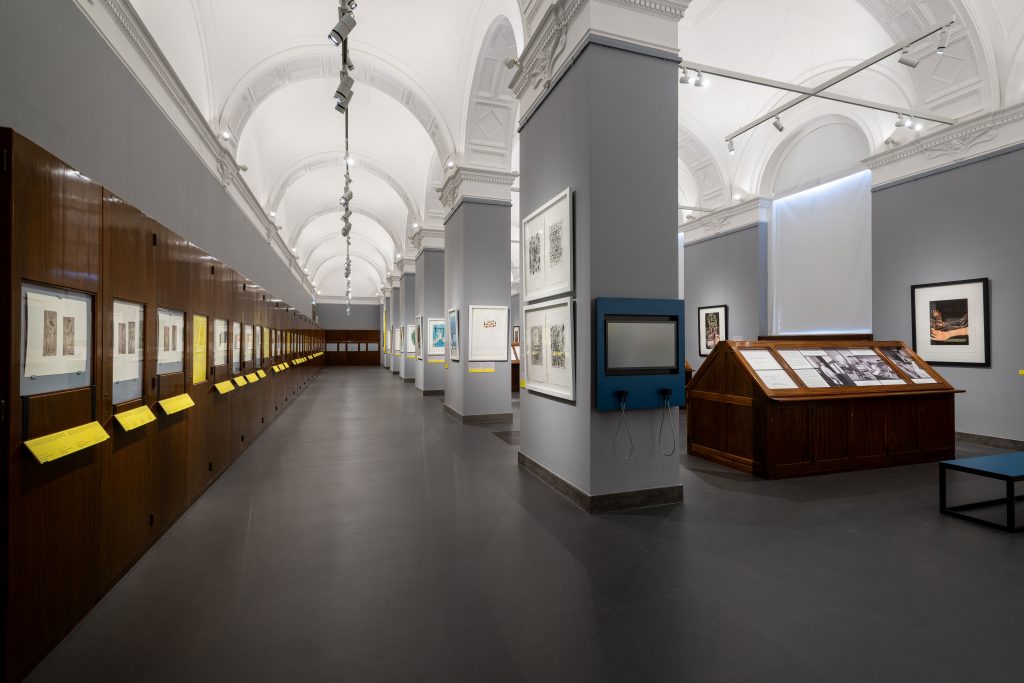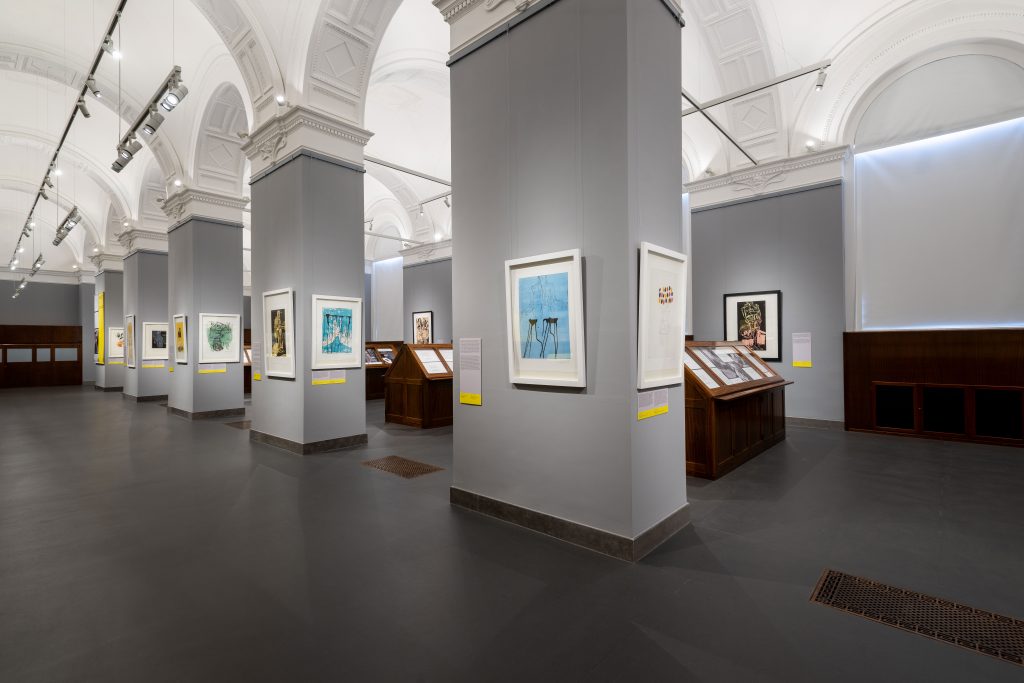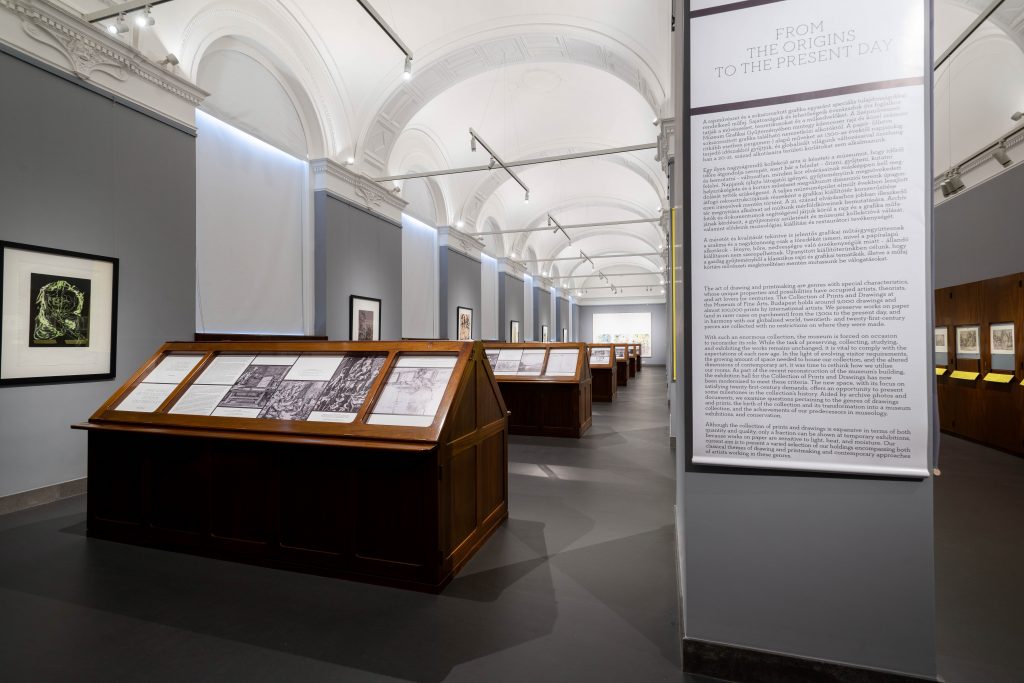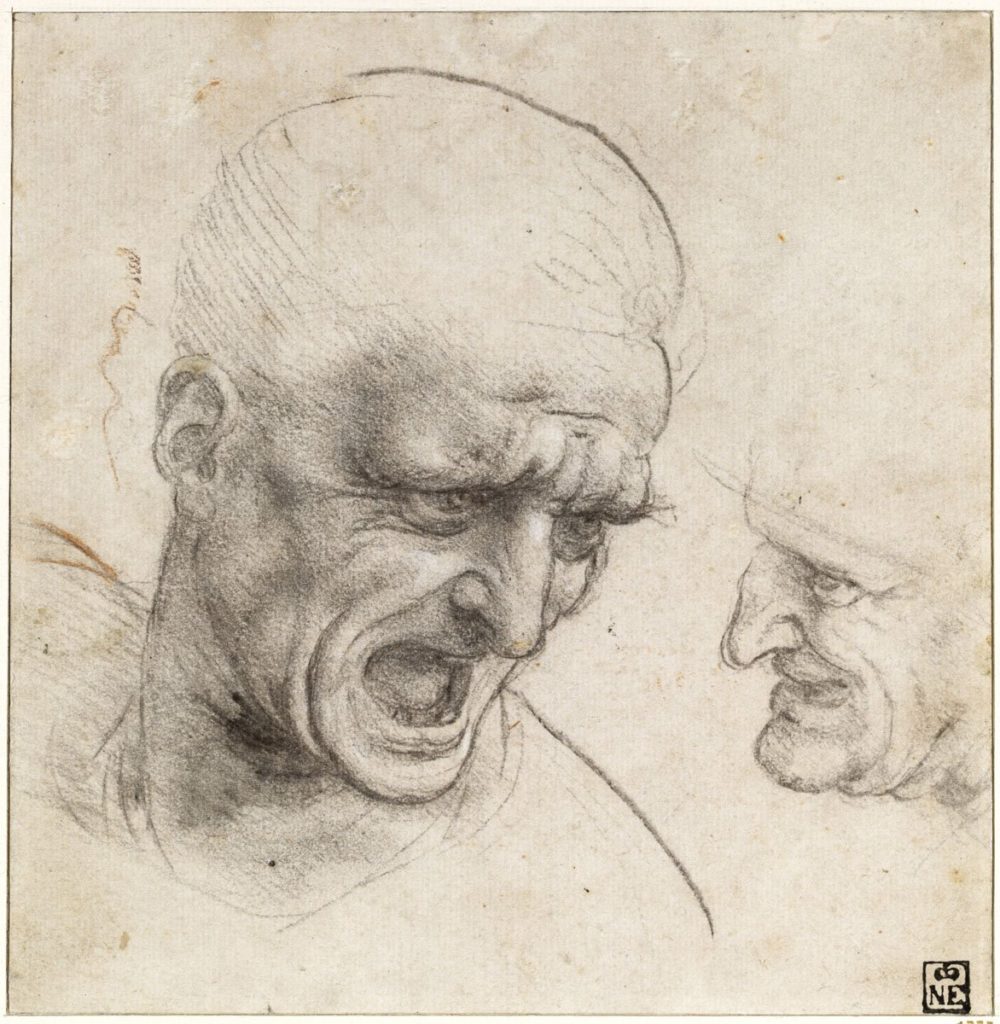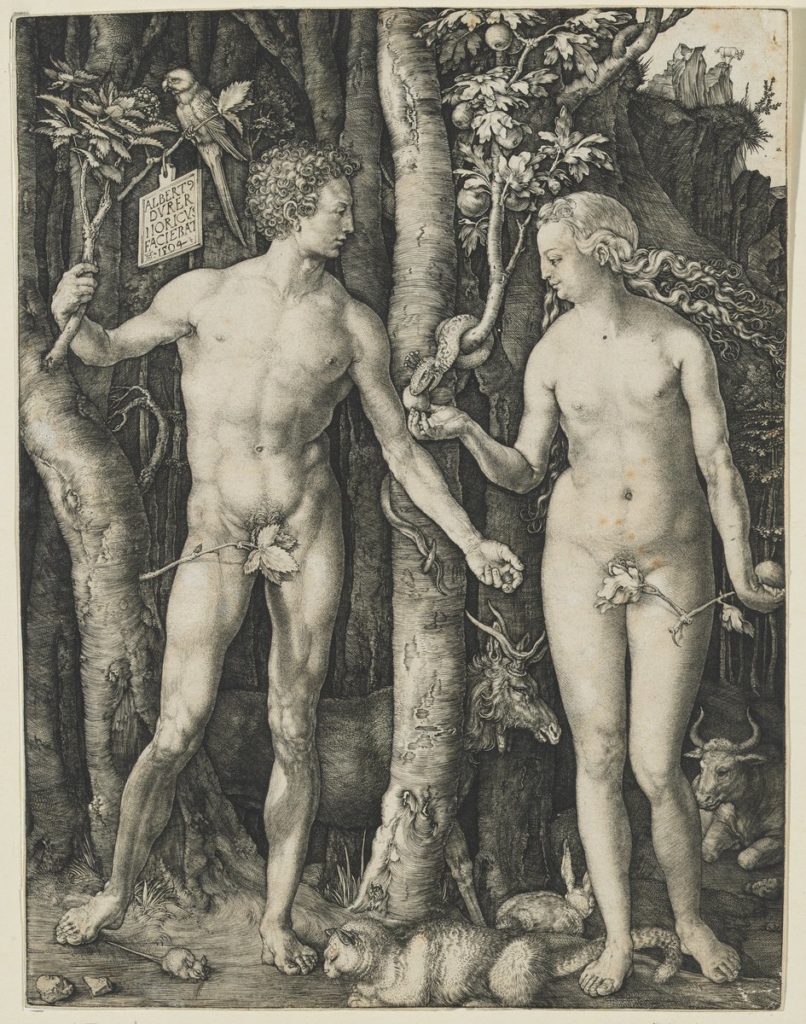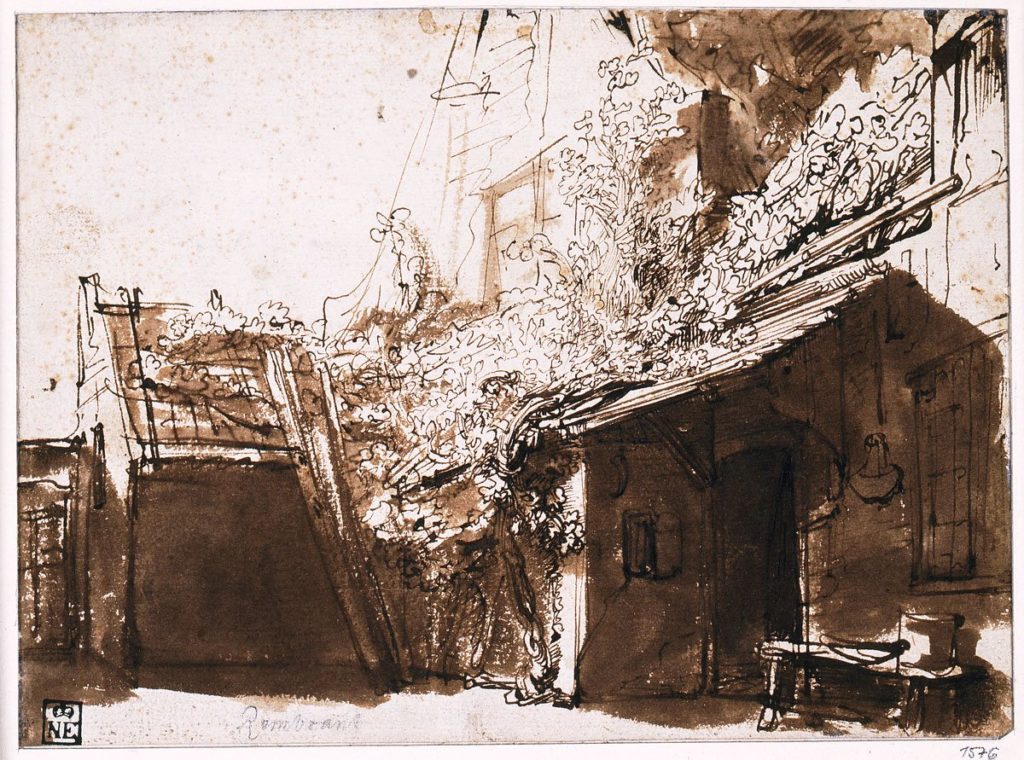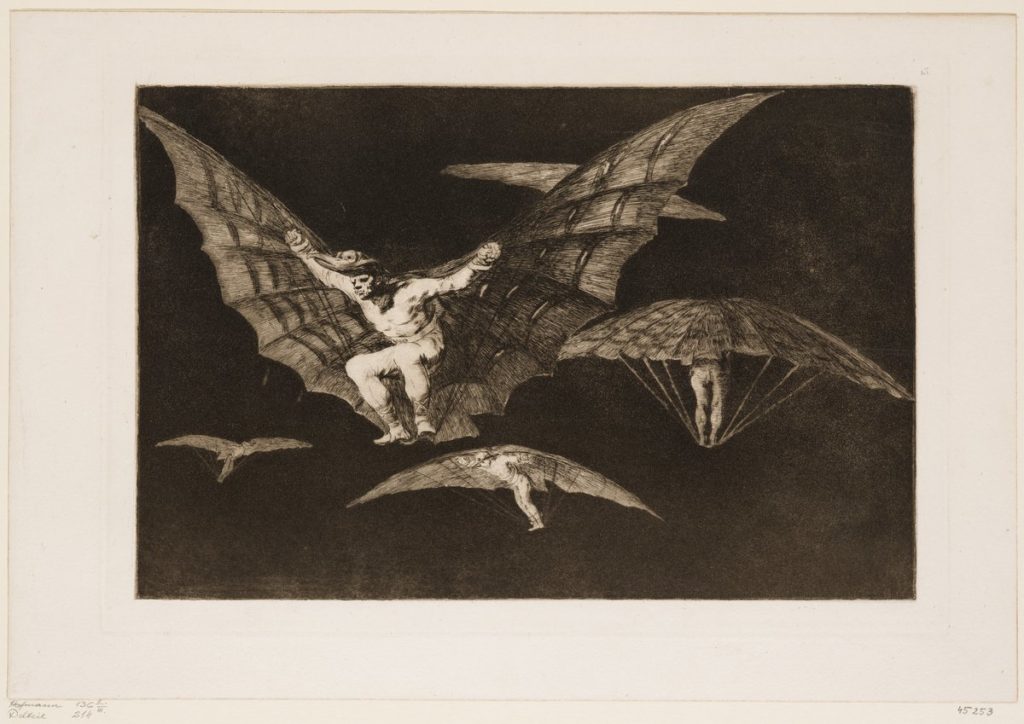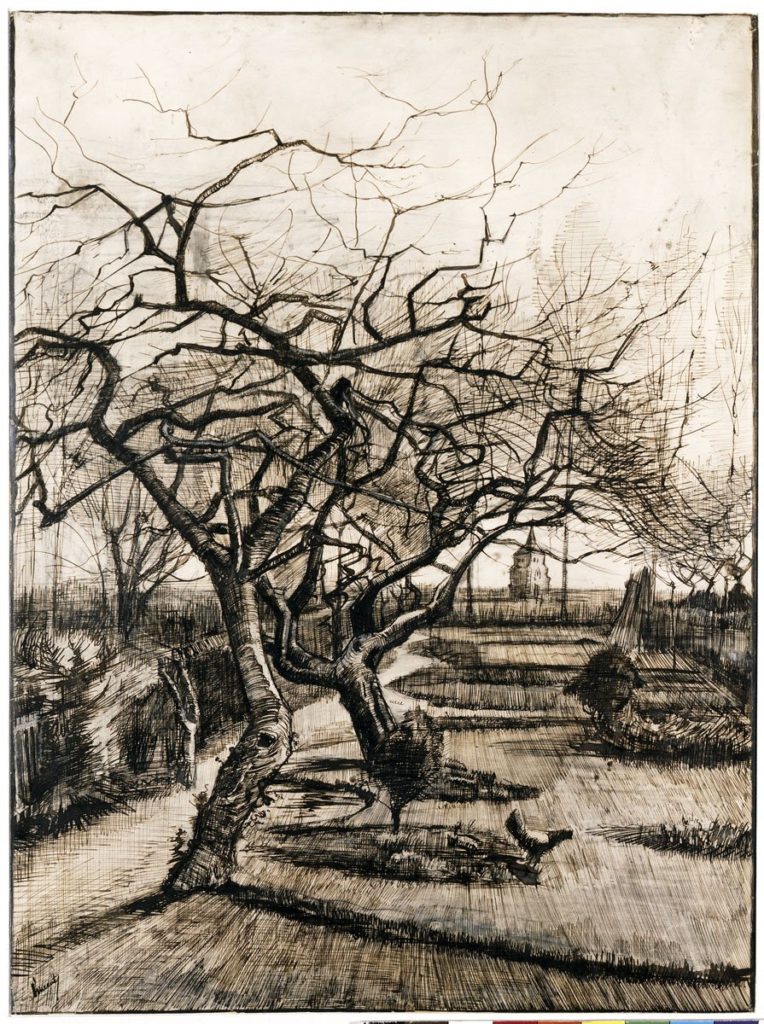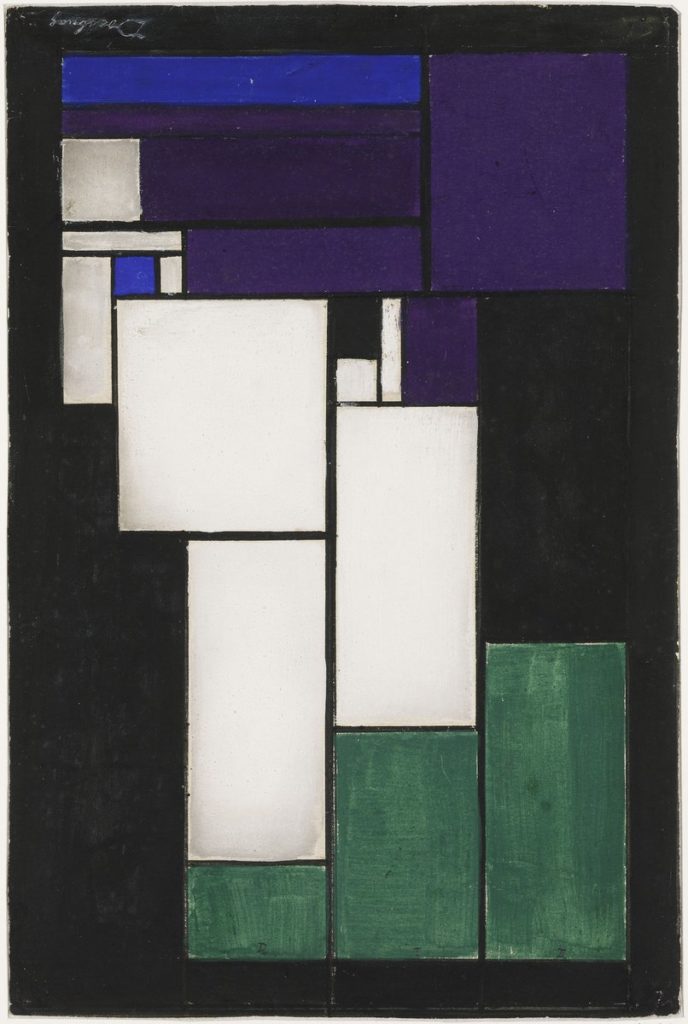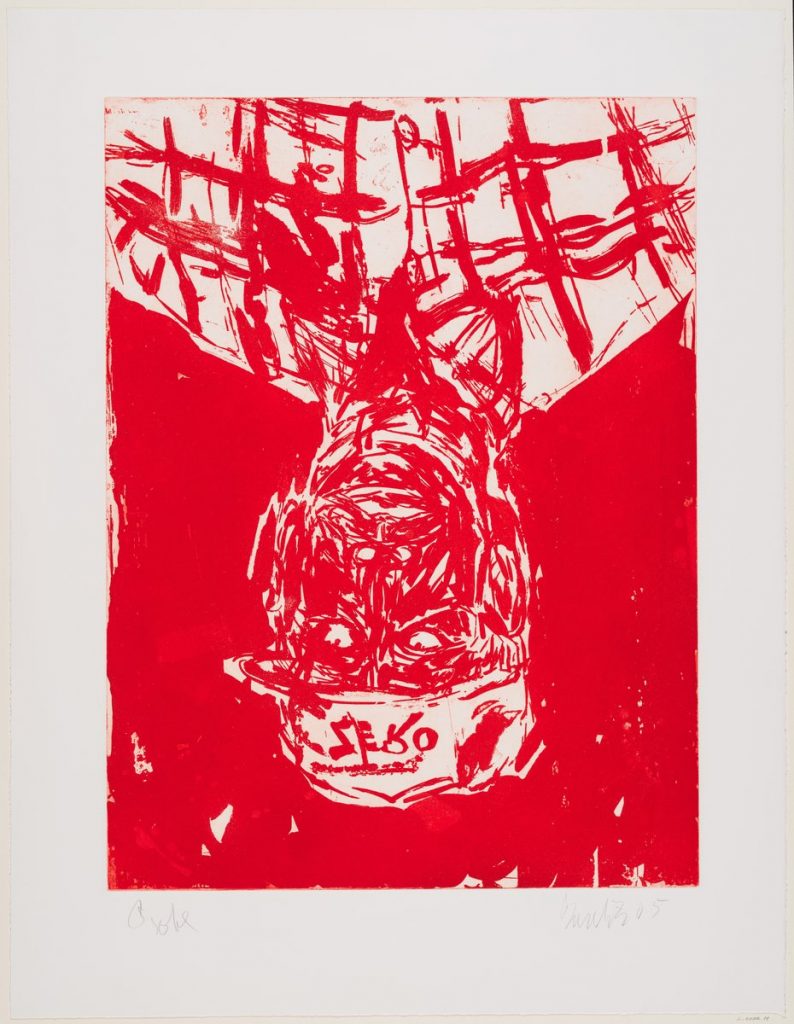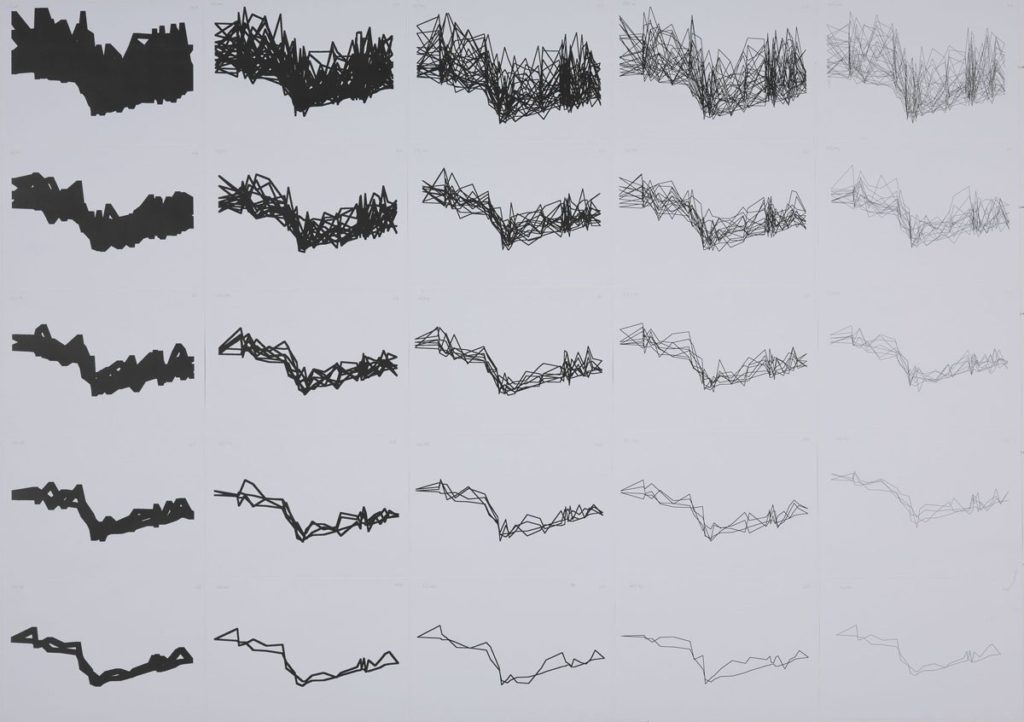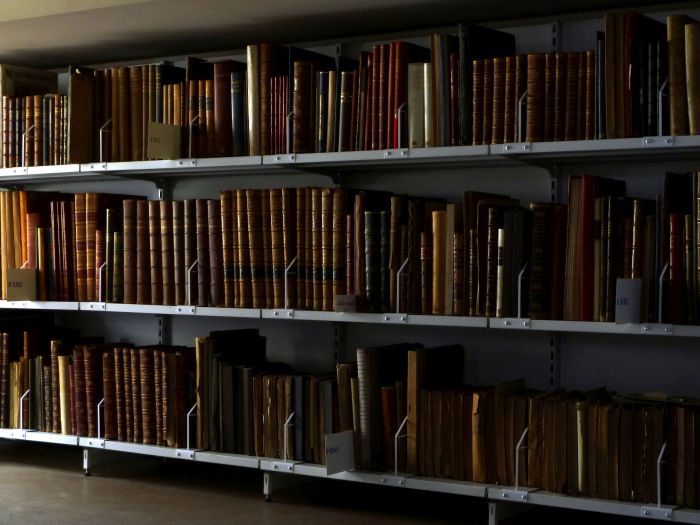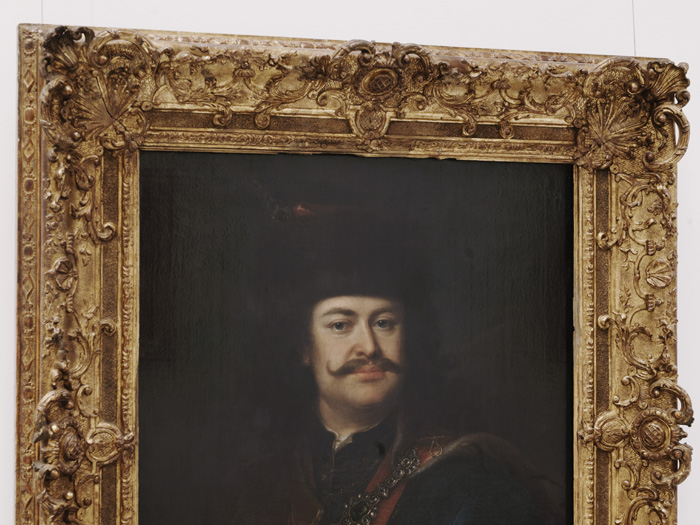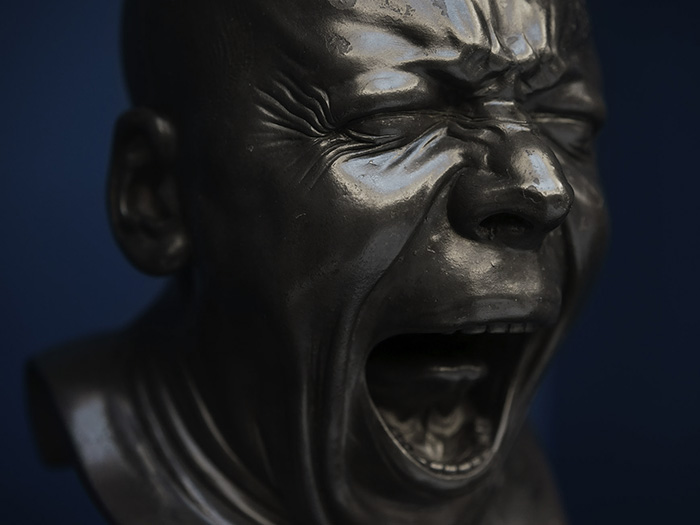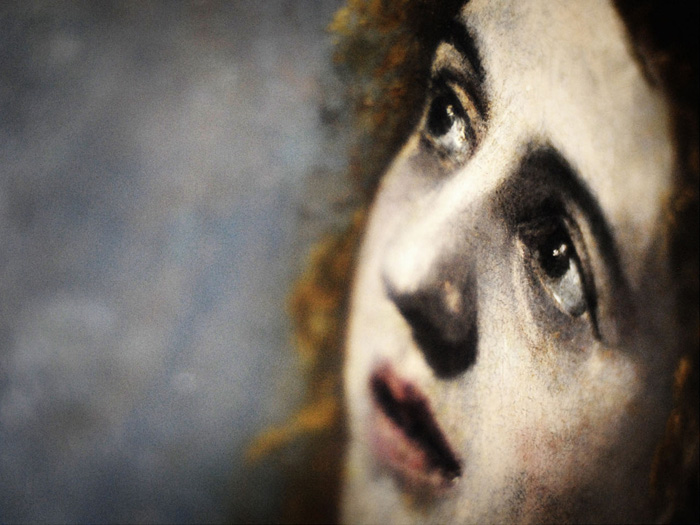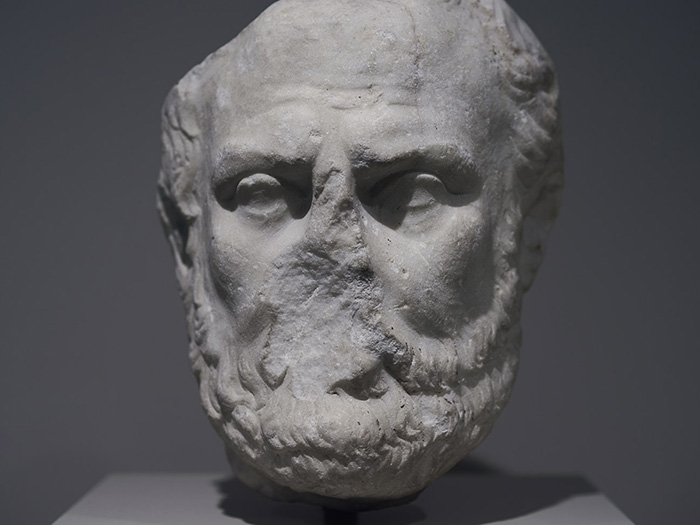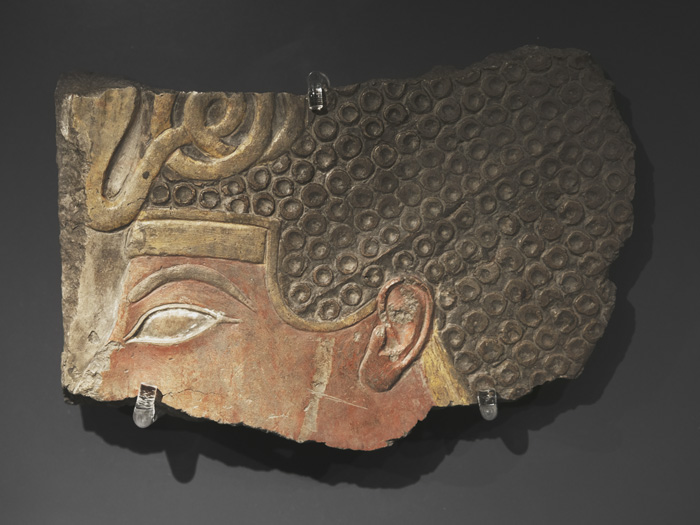We use cookies to provide you with the best possible service and a user-friendly website.
Please find our Privacy Policy on data protection and data management here
Please find more information on the cookies here
The Collection of Prints and Drawings at the Museum of Fine Arts preserves about 9,000 drawings and almost 100,000 prints by international artists and spanning from the 1300s until today. The collection provides a comprehensive picture of the paper-based art of preeminent European masters, including Albrecht Dürer, Albrecht Altdorfer, Leonardo da Vinci, Raphael, Rembrandt, Francisco Goya, Henri de Toulouse-Lautrec, Pablo Picasso, Antoni Tàpies, Georg Baselitz, and Gerhard Richter.
Albeit significant in size and artistic standard, only a fragment of the holdings is known by art historians and the wider audience since paper-based works cannot be displayed at permanent exhibitions due to their sensitivity to light, heat, and humidity. The best-known space of the Collection of Prints and Drawings is its exhibition hall, the special furnishings of which, suitable for both the display and storage of works on paper, were designed in 1904–1906 by Ede Toroczkai Wigand, and have been recently renovated to meet twenty-first-century standards. While preserving traditions, it is our objective to present selections from our rich collection with the focus on the classical themes of drawing and printmaking as well as on the contemporary approaches of the genre.
The largest unit within the collection comprises ca. 3,500 drawings and 50,000 prints originating from the Esterházy collection, purchased by the Hungarian state in 1871. Prince Nicholas II Esterházy (1765–1833) inherited a diverse ensemble of artworks from his ancestors, which he developed into an encyclopaedic and high-quality art collection from the 1790s, over a period of only a few decades. He purchased the estate of Count Franz Anton Kolowrat-Novohradsky of Prague, mainly consisting of Netherlandish prints and drawings, as well as a significant part of the drawing collection of Paulus von Praun, an art dealer in Nuremberg, and the Paris-based drawing collection of Antonio Cesare Poggi, a painter and print publisher. Prince Esterházy entrusted Joseph Fischer, a Viennese engraver and the curator of his collection, to make further acquisitions, mainly prints. Fischer augmented the print collection with regular purchases and, finally, arranged them into five schools (Italian, German, French, Netherlandish, and English) according to the names of the printmakers and in chronological order.
In the years of the foundation of the Museum of Fine Arts, the experts working in the museum strove to buy further pieces to provide an authentic and comprehensive overview of the history of drawings and prints to the public. Painter Stephan Delhaes, once the restorer in the collection of the Princes of Liechtenstein in Vienna, bequeathed his multifaceted collection to the museum, including sheets by German, Austrian, Netherlandish, Italian, and French artists of the sixteenth to the nineteenth centuries. In the early years of the twentieth century, the museum purchased prints by Albrecht Dürer and 245 etchings by Rembrandt from Dr. Gyula Elischer, the pioneer of radiography in Hungary. Besides Dürer and Rembrandt, we preserve virtually entire oeuvres by several artists: the famous etching series by Francisco Goya and Jacques Callot entered the museum from the Esterházy collection, but a complete overview of the graphic work of Giovanni Battista Piranesi, Honoré Daumier, Anders Zorn, Max Klinger, and others can also be found here.
In the first decades of the twentieth century, one of the heydays of printmaking, the museum purchased contemporary works – by Henri de Toulouse-Lautrec, Käthe Kollwitz, Max Liebermann, Max Klinger, and Pablo Picasso – and, thanks to connections with art collectors, rich donations entered the collection, for example, Béla Bäcker’s 500 prints. The donation of the greatest significance was by Pál Majovszky, who left to the museum his print collection primarily comprising late nineteenth- and early twentieth-century French and English prints, and his outstanding drawing collection of 259 pieces – including works by Eugène Delacroix, Édouard Manet, Pierre-Auguste Renoir, Georges Seurat, Auguste Rodin, Paul Cezanne, Paul Gauguin, and Henri de Toulouse-Lautrec.
Despite its many benefits, the flourishing art market of the decades after World War II put public collections in a difficult position, as they had to compete with private collectors and art dealers to acquire masterpieces. Large-scale donations have continued to be made to the Collection of Prints and Drawings since the 1960s: works by Pablo Picasso thanks to Daniel-Henry Kahnweiler, Victor Vasarely’s gift of his own pieces, prints by Joseph Beuys gifted by Mária Marghescu, as well as prints by contemporary German artists thanks to Werner and Jacqueline Hofmann. The Stiftung Franz Larese und Jürg Janett in St. Gallen, Switzerland donated an extensive selection of prints (600 pieces) by artists at the forefront of new abstract aspirations after 1945 (Antoni Tàpies, Eduardo Chillida, Hans Hartung, Max Bill, Piero Dorazio, Giuseppe Santomaso, etc.).
To our greatest pleasure, important works are still entering our collection. The donations made by Hungarian and foreign contemporary artists (Dóra Maurer, Géza Perneczky, Vera Molnar, Vera Szekely, Alexandre Hollan, Orsolya Drozdik, Günther Uecker, Georg Baselitz) are of especially great value. Currently twentieth- and twenty-first-century works are at the focus of our efforts to augment our collection, and this unit is expanding the most dynamically. Moreover, keeping a keen eye on the events of the art market, we managed to acquire numerous contemporary works that either bridge gaps or are deemed significant, e.g. by Jiří Kolář, Sabine Moritz, Tom Wesselmann, Frank Stella, and Jaume Plensa.

